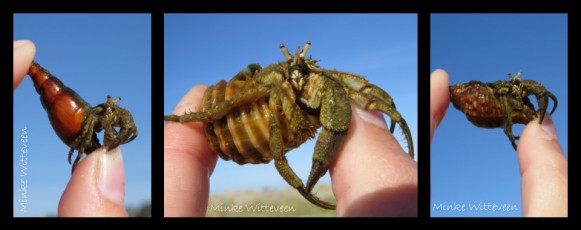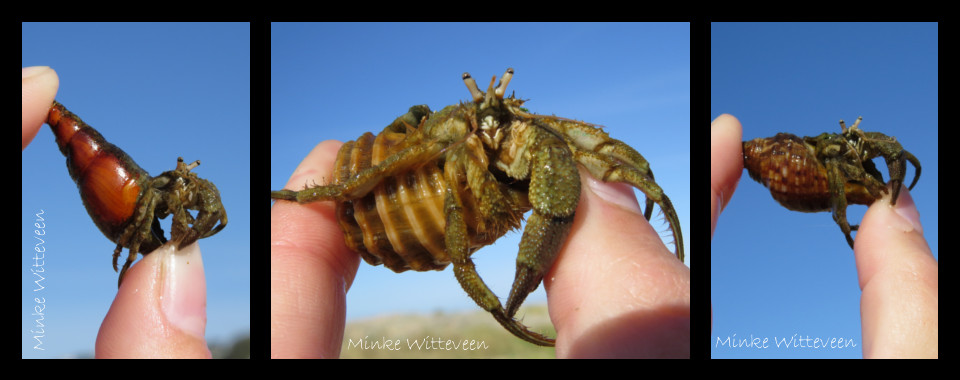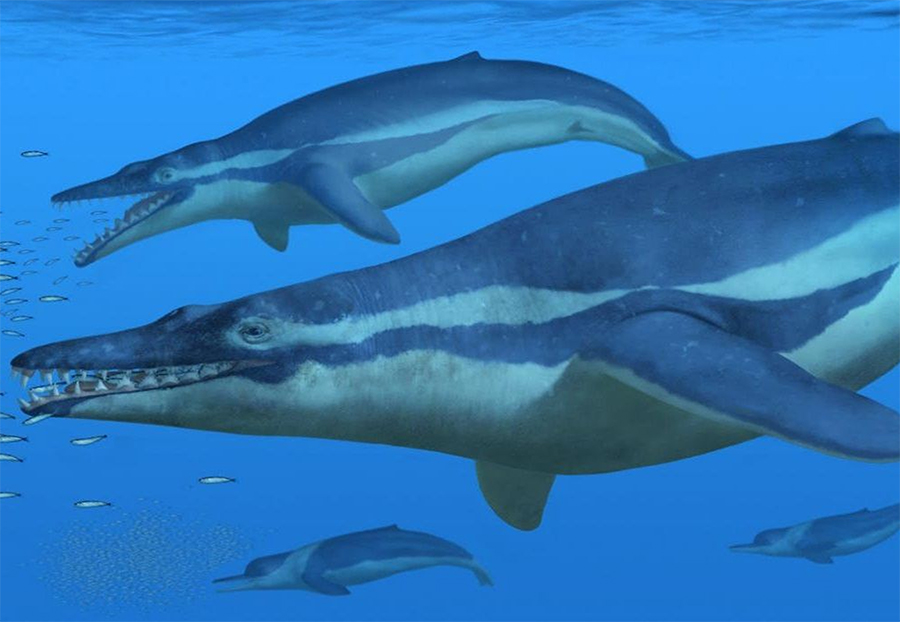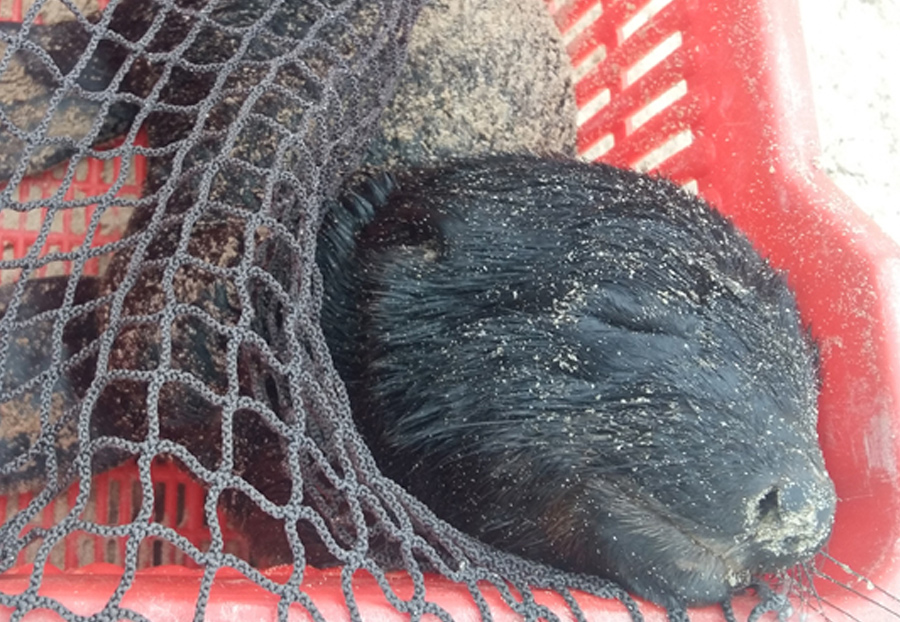A hermit crab’s mobile home

Many of us may have experienced the disappointment of picking up a beautiful shell on the beach only to find it inhabited by a sea creature, frequently a hermit crab, requiring it to be returned to the ocean. There are over 800 described species of hermit crabs, ten legged crustaceans with a soft abdomen, most of which have adapted to the use of snail (gastropod) shells. The shells adopted by the hermit crabs give the crab both protection and mobility, one of the reasons hermit crabs can be found in almost all marine environments! Obviously, finding a suitable shell is of paramount importance, and crabs can choose a shell based on size, weight, overall condition, shape, colour, and sometimes even shell type. A good shell is a prized possession and one may find crabs fighting for the possession of the same shell, sometimes to the extent that the loser is forcibly evicted from its mobile home as the stronger crab takes up occupation. There are a number of hermit crabs that reside in Plettenberg Bay’s intertidal zones, where they are ecologically important scavengers and predators.
Interestingly, as the name may suggest, these animals are not hermits. They are typically understood to live alone in a second-hand shell and retreat into their shells at the slightest disturbance. However, many species of hermit crabs are social and live in distinct groups.
For more reading:
• Gusmão, L.C. and Daly, M. 2010. Evolution of sea anemones (Cnidaria: Actiniaria: Hormathiidae) symbiotic with hermit crabs. Molecular Phylogenetics and Evolution 56: 868-877.
• Hazlett, B.A. 1966. Social behaviour of the Paguridae and Diogenidae of Curaçao. Studies of the Curaçao 23: 1-143.
• Thiel, M. and Watling, L. 2015. The Natural History of the Crustacea: Life Styles and Feeding Biology. Oxford University Press, New York.
• Williams, J.D. and McDermott, J.J. 2004. Hermit crab biocoenoses: a worldwide review of the diversity and natural history of hermit crab associates. Journal of Experimental Marine Biology and Ecology 305: 1-128.




